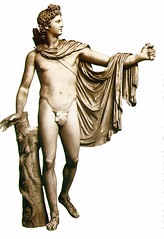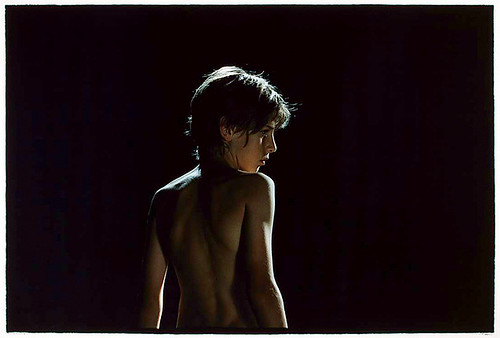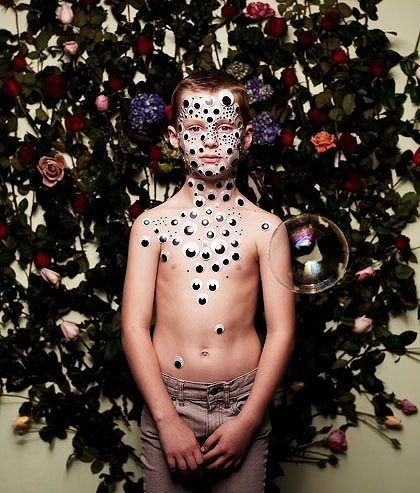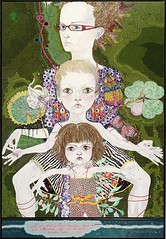Fig Leaf Censorship

Fig leaf censorship is an age-old concept referring to Adam and Eve and the covering of their 'nakedness' with a fig leaf. Its literal practice by the Church can be seen stretching as far back as the conversion to Christianity in the Roman Empire where masterpieces of antiquity were literally covered with a fig leaf or cloth or flora. Its pejorative metaphorical use is to hide that which is considered shameful or sinful. In modern times we commonly reflect on the use of a fig leaf on artworks of antiquity as vandalism, particularly as many of the works the Church manipulated have been scarred forever more.
In recent conservative times, we can see the tightening of morals, particularly in the arts. You may be surprised to learn that fig leaf censorship is something that has also affected me personally. Following the lynching of Bill Henson via the seizure of his exhibition at Roslyn Oxley9 Gallery in Sydney in 2008 (for which he was later found innocent of pornography offences and his works were formally given a PG rating) another prominent gallery in Sydney felt fearful of a backlash to any nudity within my own works from my series The Regal Twelve. Even though my own artworks do not display any adolescents and only partial breasts were visible. Rather than risking being stoned on the steps of the gallery, I complied and we selected works void of any nudity for public display.

I'm very grateful to the professional Internet blogger who elegantly displays my work with insightful commentary. However, much to my horror, I often see censored versions of my artworks on the Internet disfigured by amateur bloggers who crudely blur out or cover the breasts in my work. This offensive vandalism is modern day fig leaf censorship void of copyright permission by ignorant Internet troglodytes.
I had felt that given Henson's success in clearing his name, this meant we may have matured a little and moved past this kind of unjustified criticism. However, today I sadly learnt of a similar case in which the photograph donated to the Sydney Children's Hospital charity by artist Del Kathryn Barton has been rejected and deemed "Inappropriate". Whiffs of troglodyte mentality right? I am a great fan of Barton's work, which in 2008 won the Archibald Prize for a self-portrait that also including her children. Barton's paintings often depict the naked female form and explore the naked form of children. This "inappropriate" portrait of her topless son also seems conservative in its subject matter, given the usual approach within her work.

Fine Art Photography regularly comes under scrutiny for often the most absurd reasons. I am constantly critiqued about my choice of a model, my over or under manipulation of a figure; my choice of subject matter that often stems from reality and yet dares to go beyond that which we already know and have documented. Work that explores imaginary themes and yet has a foundation built on reality is what defines me as an artist. It's my alchemy and my choice! My imagination does not practice fig leaf censorship because it's an absurd concept to me.

Surely it's my right as an artist to choose the themes and characters of my work, for it's my own devotion. How ridiculous to think an artist should be void of an imagination, surely imagination is what defines a person as an artist. There seems to be (for some) an amazing inability to see the photograph as anything but the documentation of something that is real. Which is funny to me, when my own work is often the result of hundreds of layered photographs and hand illustrations rather than the wonderful (and yet entirely juxtaposed) form of image making known as documentary photography. It's simple - Two different crafts, two different intentions, one similarity - the camera as a tool.
My concerns particularly stem from the realisation that there is a double standard in Fine Art that allows differing levels of artistic license to painters or sculptors to photographers. I don't imagine Barton has encountered many questions such as 'why don't your figures look exactly like their model'? This hypocrisy is unfortunately something that a phenomenal painter such as Del Kathryn Barton, has been forced to realise by choosing to depict her thought provoking and layered art through a photograph, rather than through acrylic, gouache, watercolour.


